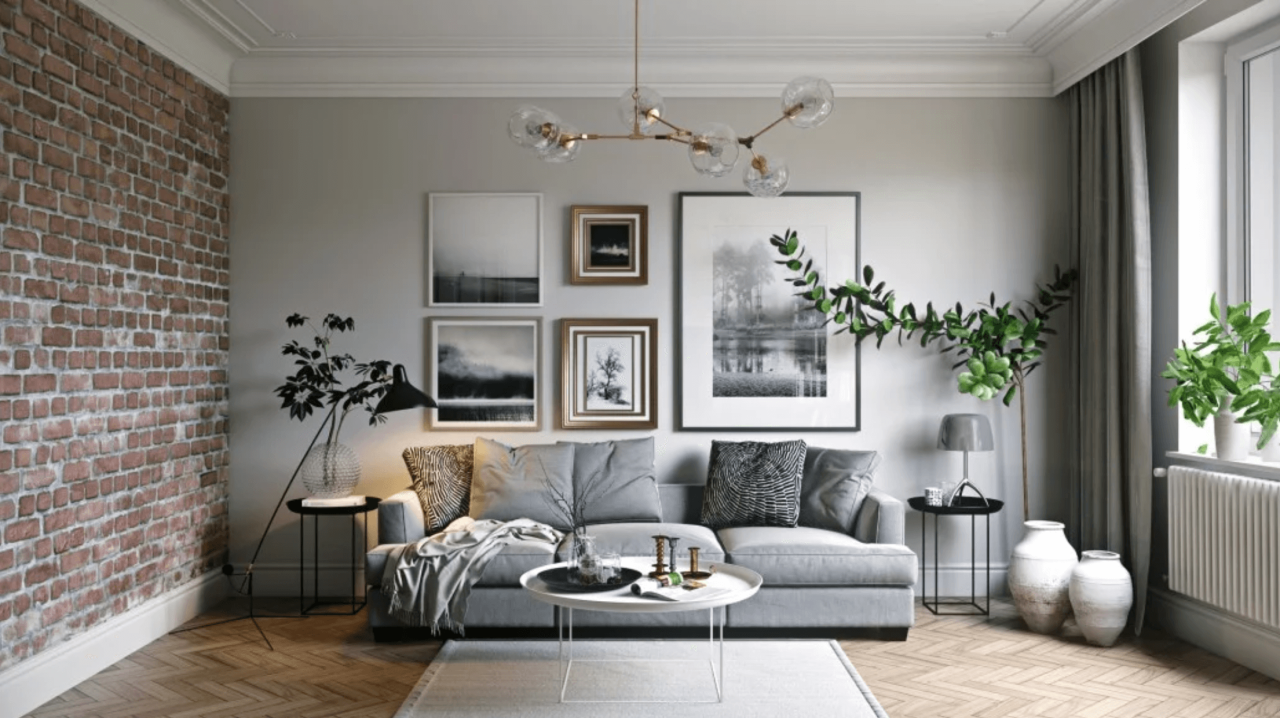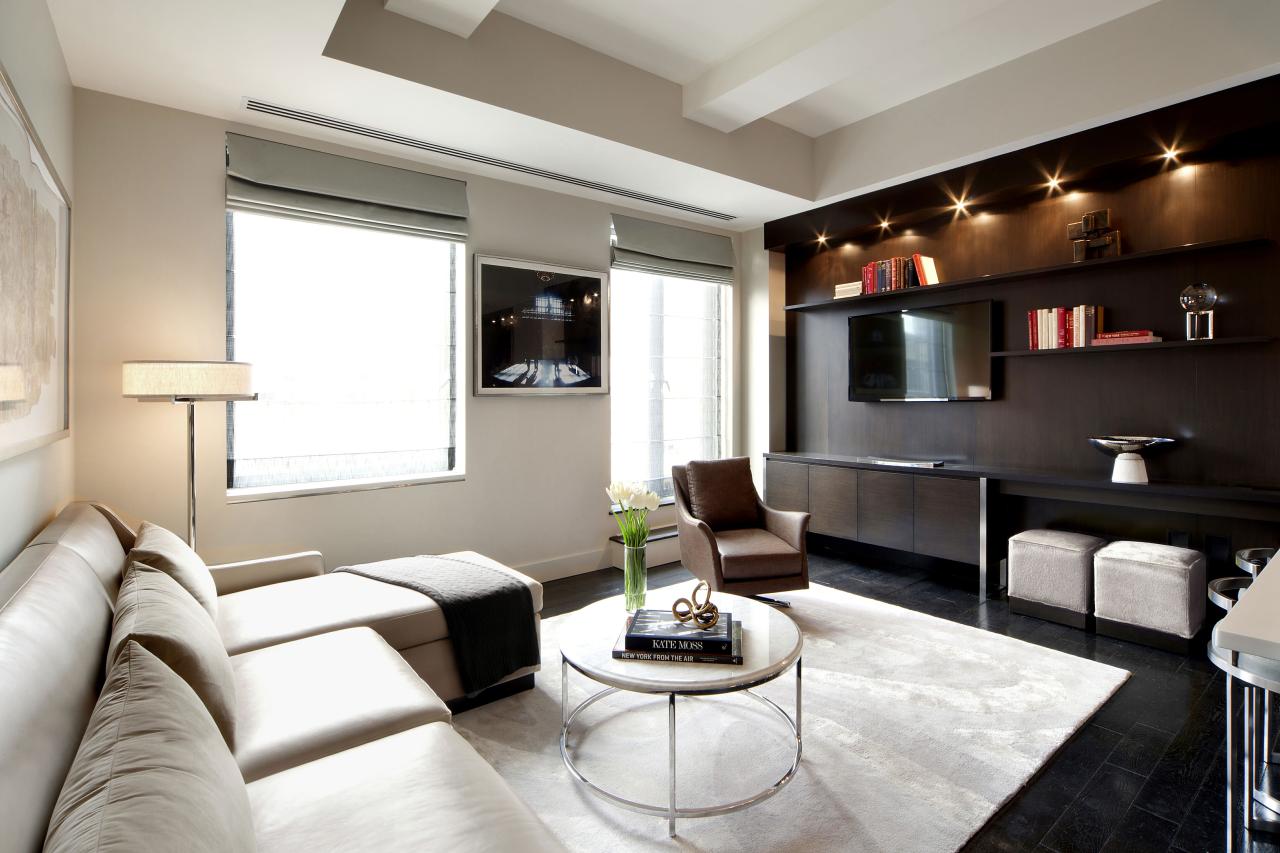Crafting the Perfect Interior Design: A Comprehensive Guide
Step into the world of interior design where creativity meets functionality. This guide delves into the intricacies of interior design, offering insights that will inspire both novice enthusiasts and seasoned professionals alike.
From understanding the concept of interior design to exploring different styles and elements, this article will equip you with the knowledge needed to transform any space into a masterpiece.
Overview of Interior Design
Interior design is the art and science of enhancing the interior of a space to achieve a healthier and more aesthetically pleasing environment. It involves the arrangement of furniture, color schemes, lighting, and other elements to create a cohesive and functional space.Interior design is crucial in spaces as it can greatly impact the mood, productivity, and overall well-being of individuals.
A well-designed space can improve the quality of life, inspire creativity, and promote a sense of comfort and peace.
Impact on Environments
- Enhances functionality: Interior design ensures that spaces are not only visually appealing but also practical and efficient in their layout.
- Creates ambiance: The choice of colors, textures, and lighting can set the mood and create a specific atmosphere in a space.
- Reflects personality: Interior design allows individuals to express their personality and style through the decoration and furnishing of their spaces.
- Boosts productivity: A well-designed workspace can increase productivity and creativity by providing a conducive environment for work.
Elements of Interior Design
Interior design involves various key elements that contribute to creating a cohesive and visually appealing space. These elements work together to enhance the functionality and aesthetics of a room.
Color Schemes
Color schemes play a crucial role in interior design as they set the overall tone and mood of a space. Different colors evoke different emotions and can impact how a room feels. For example, warm tones like red, orange, and yellow can create a cozy and inviting atmosphere, while cool tones like blue and green can promote a sense of calmness and relaxation.
Complementary colors, analogous colors, and monochromatic color schemes are commonly used in interior design to create harmonious and balanced spaces.
Lighting
Lighting is another essential element in interior design that can greatly influence the look and feel of a room. Proper lighting can enhance the colors, textures, and overall design elements within a space. Different types of lighting, such as ambient, task, and accent lighting, serve specific purposes in illuminating different areas of a room.
Natural light is also an important consideration in interior design, as it can brighten up a space and create a connection to the outdoors. By strategically placing light fixtures and utilizing natural light sources, designers can create a well-lit and visually appealing environment.
Interior Design Styles

When it comes to interior design, there are various styles that can transform a space and reflect different aesthetics and functionalities. Let's explore some popular interior design styles and compare how they influence spaces differently.
Modern Style
The modern interior design style is characterized by clean lines, minimalism, and a focus on function. Neutral colors, sleek furniture, and open spaces are common elements in modern design.
Minimalist Style
Minimalist design focuses on simplicity and reducing elements to only the essential. Neutral colors, simple furniture, and a clutter-free environment are hallmarks of minimalist style.
Industrial Style
Industrial interior design draws inspiration from old factories and industrial spaces. Exposed brick walls, metal fixtures, and raw materials like concrete are key elements in industrial style.
Comparison of Design Styles
- Modern vs. Minimalist:While both styles prioritize simplicity, modern design tends to incorporate more elements and textures, whereas minimalist design focuses on extreme simplicity and minimal decoration.
- Modern vs. Industrial:Modern design emphasizes sleekness and functionality, while industrial design embraces a more raw and rough aesthetic.
- Minimalist vs. Industrial:Minimalist design aims for a clean and uncluttered look, while industrial design celebrates the use of raw materials and textures.
Influence on Spaces
| Design Style | Influence on Spaces |
|---|---|
| Modern | Creates a sense of openness and sophistication. |
| Minimalist | Promotes a calm and serene environment with a focus on functionality. |
| Industrial | Adds a rugged and edgy feel to spaces, showcasing a blend of old and new. |
Interior Design Process
When it comes to interior design, the process involves a series of steps that take a project from concept to completion. It requires careful planning, collaboration with clients, and attention to detail to create a space that meets both aesthetic and functional needs.
Collaboration with Clients
Designers work closely with clients to understand their needs, preferences, and vision for the space. This collaboration helps ensure that the final design reflects the client's style and personality, creating a space that feels truly customized and unique.
Importance of Planning and Organization
Planning and organization are crucial in the interior design process to ensure that every detail is thoughtfully considered and executed. From creating mood boards to developing floor plans, each step requires careful planning to bring the design vision to life seamlessly.
Sustainable Interior Design

Sustainable interior design focuses on creating spaces that are environmentally friendly, socially responsible, and economically viable. By incorporating sustainable practices and materials, interior designers can reduce the negative impact on the environment while promoting the health and well-being of occupants.
Principles of Sustainable Interior Design
- Use of eco-friendly materials such as reclaimed wood, bamboo, cork, and recycled glass
- Energy-efficient lighting and appliances to reduce electricity consumption
- Water-saving fixtures and fittings to conserve water
- Indoor plants to improve air quality and reduce toxins
- Designing for longevity and adaptability to minimize waste
Examples of Eco-Friendly Materials and Practices
- Recycled glass countertops
- Bamboo flooring
- Low VOC (volatile organic compound) paints and finishes
- Sustainable furniture made from reclaimed or FSC-certified wood
- Energy-efficient LED lighting
Benefits of Sustainable Interior Design
- Reduced environmental impact and carbon footprint
- Improved indoor air quality and occupant health
- Cost savings through energy and water efficiency
- Promotes a sense of well-being and connection to nature
- Demonstrates a commitment to sustainability and social responsibility
Concluding Remarks
As we conclude this journey through the realm of interior design, we hope you've gained a deeper appreciation for the art of transforming spaces. Let your creativity soar as you embark on your next design project, armed with the principles and ideas shared in this comprehensive guide.
Helpful Answers
What is the role of color schemes in interior design?
Color schemes play a crucial role in setting the mood and tone of a space, impacting the overall aesthetic appeal.
How does sustainable interior design differ from traditional design?
Sustainable interior design focuses on using eco-friendly materials and practices to create environmentally conscious spaces, unlike traditional design methods.
What are some popular interior design styles?
Popular interior design styles include modern, minimalist, industrial, and many more, each with its unique characteristics.




